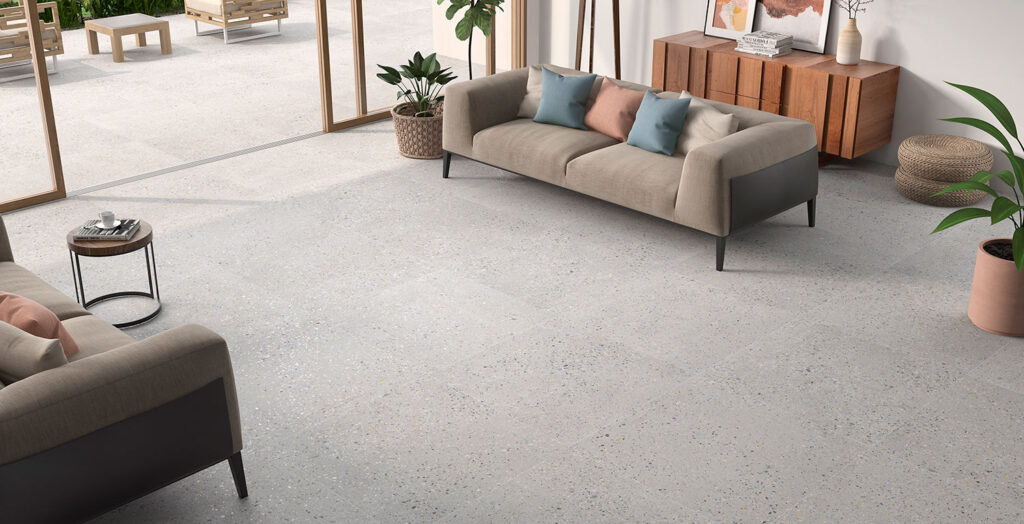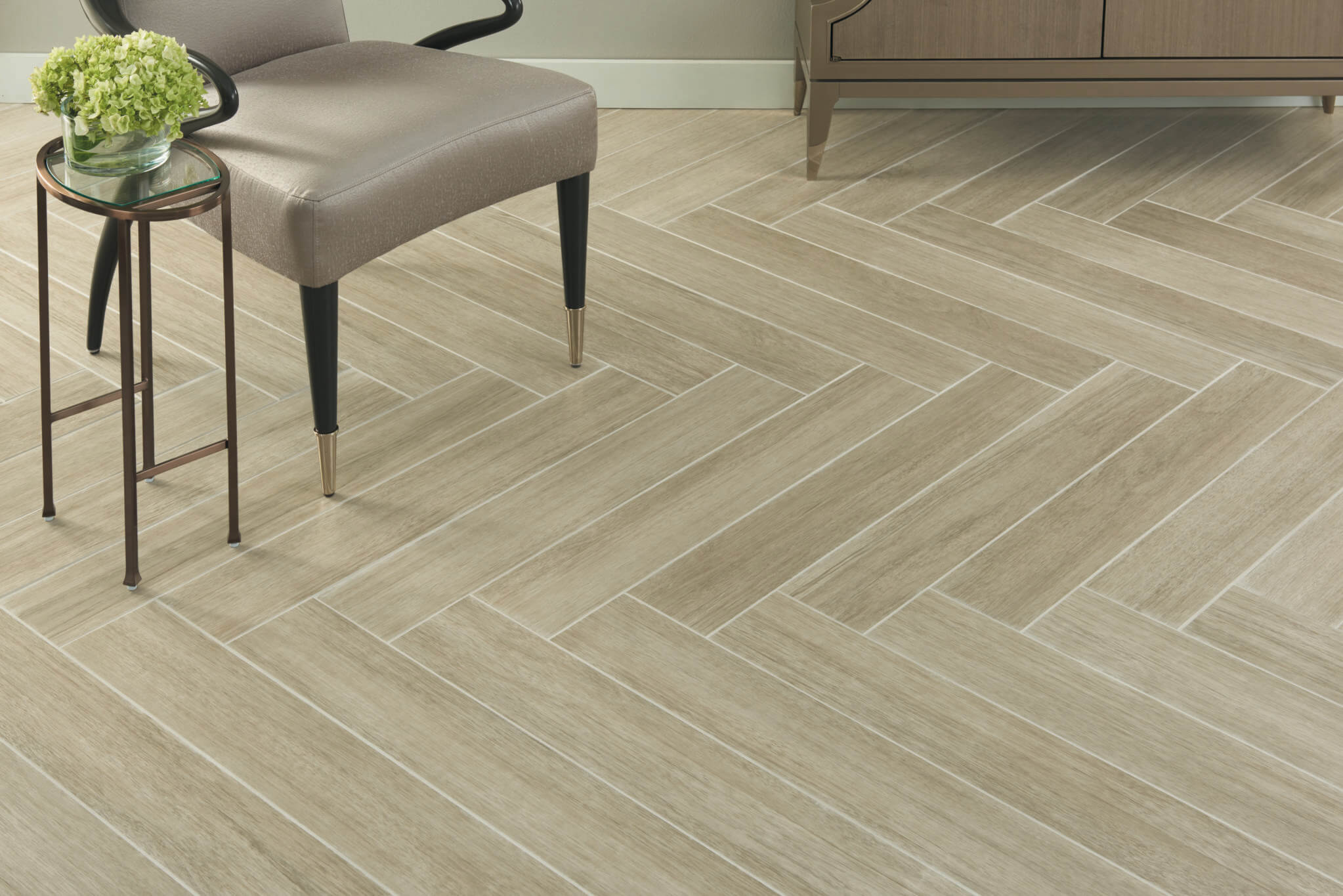In recent years, the use of tiles for outdoor flooring has exploded in popularity, and thanks to advancements in tile manufacturing technology, there is an enormous variety of shapes and varieties currently available to homeowners.
While the increased variety is unquestionably advantageous, it can also be a minefield for those who are not well-versed in the subject when it comes to deciding which type of terrazzo floor tiles to use in an outdoor project.
However, while any terrazzo floor tiles can be used outdoors (with a few minor but critical considerations), this does not imply that you should simply lay down any old porcelain tile and hope for the best.
We’ve compiled a list of the three most important factors to consider when selecting patio terrazzo floor tiles for your space.
What will be the application of the terrazzo floor tiles, and where will they be used?
The type of terrazzo floor tiles you purchase will be determined by the purpose and location of the terrazzo floor tiles you choose.
If you get it wrong, you could end up with a collection of inappropriate items (although, because we’re nice like that, here at Tile and Bath Co, we’ll give you 30 days to return the tiles if you’re not satisfied), so take the time to carefully consider where the terrazzo floor tiles you’re purchasing will go.
A high slip rating (also known as an R-Rating) and frost resistance are required for most porcelain floor tiles to be used outside. This means you can select from a wide variety of terrazzo floor tiles for use in smaller installations such as garden walks, porches or front door steps.
Although not as durable as 18-20mm thick outdoor porcelain slab tiles, they are appropriate for areas where there will be a lot of foot traffic, inclement weather, and organic matter, such as driveways or patio areas.
Essentially, these are porcelain replicas of paving slabs that are available in a variety of styles that replicate everything from wooden planks to marble to granite and limestone (and everything in between!).
Porcelain slab tiles for outdoor use are more durable than the genuine stone and wood that they are designed to replicate. After installation, there is no need for post-installation sealing because they have built-in UV protection that prevents fading when exposed to direct sunlight. They will not absorb water and will not stain when exposed to organic matter such as leaves or moss.

Which method of Installation do you plan to use?
The golden rule for any type of floor tiling job, whether it is for the interior or outdoor, is to make sure that the surface being tiled is level, impervious to moisture, and free of dents and holes before starting.
If you’re installing terrazzo floor tiles, this is probably even more important, because uneven substrates can result in a poor surface, terrazzo floor tiles that lift, and adhesives that don’t adhere properly.
To lay tiles, the vast majority of people will opt for a firm concrete screed, even going so far as to use a leveling solution such as Norcros Pro 50 to ensure that the surface is completely flat before laying the terrazzo floor tiles.
A lot of people are unwilling to wait the six weeks required for it to cure before installing their porcelain tiles, despite the fact that this is the most reliable and durable outdoor floor preparation method and is suitable for all types of porcelain tiles (you can find comprehensive installation instructions on how to install a concrete screed in our handy Outdoor Tile Installation Guide).
There are, however, a number of alternatives. In the case of installing outdoor slab tiles directly into a crushed hardcore foundation, Norcros’ revolutionary Rock-TiteTM Outdoor Porcelain & Stone System eliminates the need for a concrete screed.
The use of this technology saves time, but it is only compatible with porcelain slab tiles or natural stone that is between 10-20mm thick, making it ineffective for those installing Quarry Tiles or frost-proof porcelain floor tiles from our Hanoi collection, among other things.
For the same reason, outdoor slab tiles can be installed without the use of a screed or any glue at all by employing Adjustable Support Pedestals.
In this way, there are no mechanical fixes required, and everything is held in place by the weight of the terrazzo floor tiles or slabs. This is referred to as a “suspended system.”
Adjustable Support Pedestals, like the Rock-TiteTM system, are only compatible with slab terrazzo floor tiles or natural stone pavers that are between 10 and 20mm thick in thickness.

Are the terrazzo floor tiles you’ve chosen appropriate for the design you’ve created?
Indoor:
For many DIYers, outdoor living is a significant trend right now, and they are extending their interior design tastes to external spaces in order to maintain visual harmony.
Due to this, many large format interior tiles are also available in a 20mm thick porcelain outdoor slab tile variety – the depth of which is not limited by the design style of the home.
Look at our Dunsen and Basilea lines, both of which offer standard thickness indoor varieties, to see how concrete and natural stone effects are becoming increasingly popular and prominent in this design style.
In addition to pattern tiles, you’ll be pleased to know that vintage-style feature floors are not limited to interiors, as many patterned porcelain floor tiles have frost resistance, which allows them to be used in outdoor settings as well, as evidenced by our mildly psychedelic Andalucia Hexagon and Moliere ranges, which are both available in our online store.
Outdoor slab tiles are becoming increasingly patterned, with a wide range of designs available to complement any design scheme – see our Hardblue and Concretia collections for examples of this trend.
Additionally, longer, plank-like terrazzo floor tiles can give the impression of greater space in smaller spaces, so choose terrazzo floor tiles with a wood effect or ones with rectangular form factors to achieve this effect.
A similar effect is achieved by using larger terrazzo floor tiles with corrected edges, which reduce the intrusiveness of grout joints. The larger the tile, the less grout is required, and the fewer grout joints there are to be seen.
Hopefully, this has piqued your interest in using terrazzo floor tiles for your next outdoor home improvement project. Also readout: A personal experience of subway tiles installation

